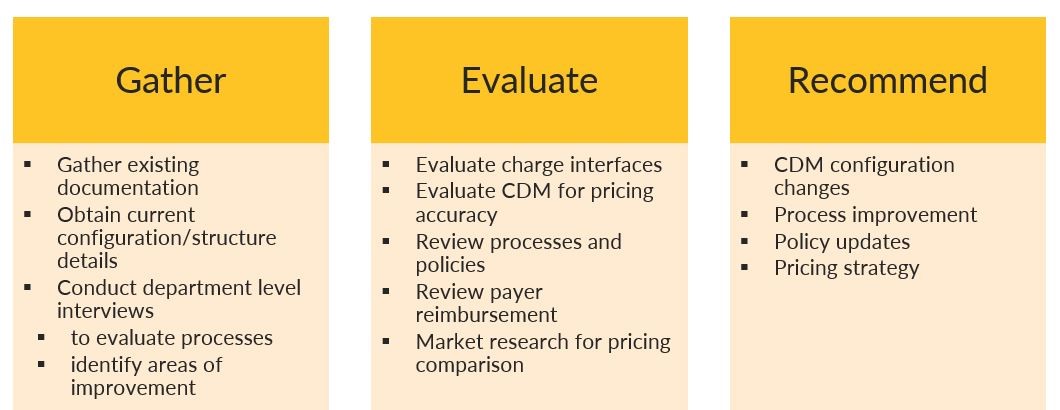21st Century Cures Act Affects on Health Information
The 21st Century Cures Act will affect many components of the healthcare industry, including patients, providers, equipment vendors, and software vendors.1 Issued as a final rule in March 2020, the 21st Century Cures Act was initially signed into law on December 13, 2016, by President Obama. While the act attempts to accelerate research and product development, it also emphasizes improving patient care with the use of interoperability, EHRs, and patient access to information.2
The Office of the National Coordinator for Health Information Technology (ONC) final rule creates a focus on advancing interoperability and limiting data blocking practices to optimize the flow of information sharing.1 Interoperability is the accessibility of electronic healthcare data to both patient and provider, regardless of location. This law attempts to create greater interoperability by having ONC assist public-private partnerships, the National Institute of Standards and Technology, and other federal agencies in building an exchange framework and relationships between health information networks across the nation, developing a national health information network.4
In addition to interoperability, the 21st Century Cures Act puts the patient first and enables them to control their healthcare and health information. For patients, this means they should have easy access to their healthcare information through various types of software, including smartphones and apps. Although the patient will be able to use various applications to access their health information, it will be highly secure, ensuring the privacy of the patient’s data.3 Also, this act will expand the patients’ ability to make choices concerning their healthcare. By using health technology, the transparency of healthcare costs and demonstration of healthcare outcomes can be achieved. In addition, this provides patients the ability to shop for quality care within a price range.
The 21st Century Cures Act requires healthcare providers to allow patient access to health information through various applications while prohibiting the blocking of data. It also requires transparency of costs and healthcare outcomes. Overall, the 21st Century Cures Act attempts to balance the patient and provider while maintaining privacy and security to promote access to healthcare information in determining health care cost and quality.
What Does This Mean for You?
- Do you have a process in place to review the chargemaster?
- When is the last time the chargemaster was reviewed?
- Is there is a process in place to review edits, denials, HAC’s, PSI’s and create appeal letters?
- When is the last time there was an outside audit performed on their coders to ensure accuracy?
Talk With Your Team
- Do they have any experience working with a chargemaster?
- Do they have any experience working in the revenue cycle?
- Do they have any experience reviewing edits, denials, HAC’s, PSIs, or writing appeal letters?
Another consideration in light of the new regulations is Charge Description Master (CDM) Assessments. Per the Medicare and Texas Medicaid billing guidance, inpatient, outpatient, and professional fees, along with specialty services (trauma, supplies, radiology, etc.), are managed under a CDM. Therefore, it is critical to review your existing CDM structure for accuracy and efficiency. This includes:
- Documentation
- Configuration
- Change Management
- Technology
- Interfaces
- Processes
- Reporting
Once you have evaluated all areas of your CDM, you should identify opportunities to improve efficiency, accuracy, and transparency. A CDM assessment approach can look something like this:

Moving forward, it will be more important than ever to have the experience on your side to work with revenue cycles and ensure that processes are completed promptly, clean and update your chargemaster, code and file claims, and review edits, denials, Hospital Acquired Conditions (HAC), and Patient Safety Indicator (PSI) to ensure accuracy.
- Arcweb (2021). 21st century cures act summary: What software companies need to know. https://arcweb.co/healthcare/21st-century-cures-act-summary/
- FDA (2020, January 31) 21st century cures act. https://www.fda.gov/regulatory-information/selected-amendments-fdc-act/21st-century-cures-act
- HealthIT.gov (n. d.) ONC’s cures act final rule. https://www.healthit.gov/curesrule/overview/about-oncs-cures-act-final-rule
- Lengyel-Gomez, B. (2018. November 20) 21st century cures act – A summary. HIMSS https://www.himss.org/resources/21st-century-cures-act-summary
.svg.png)


